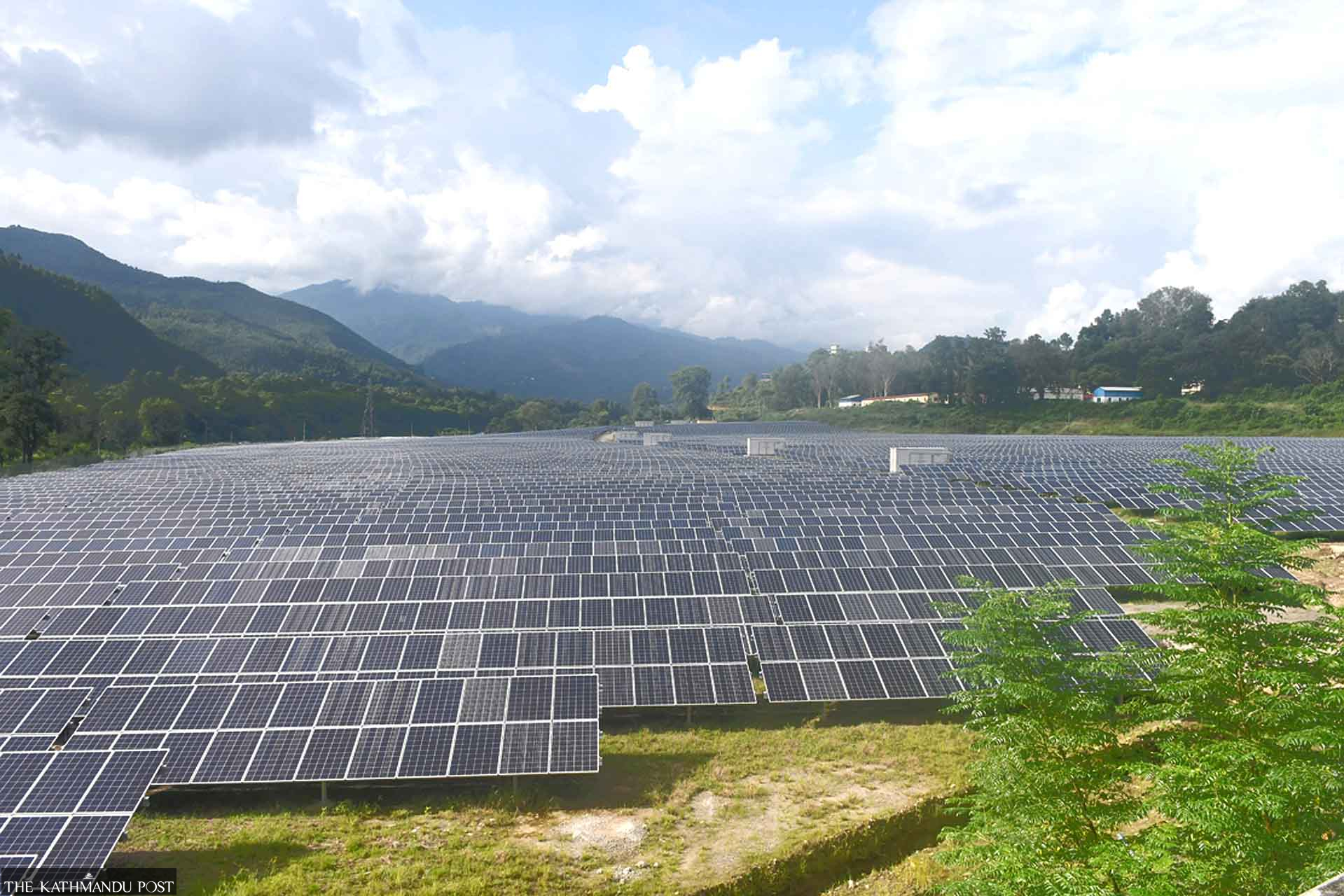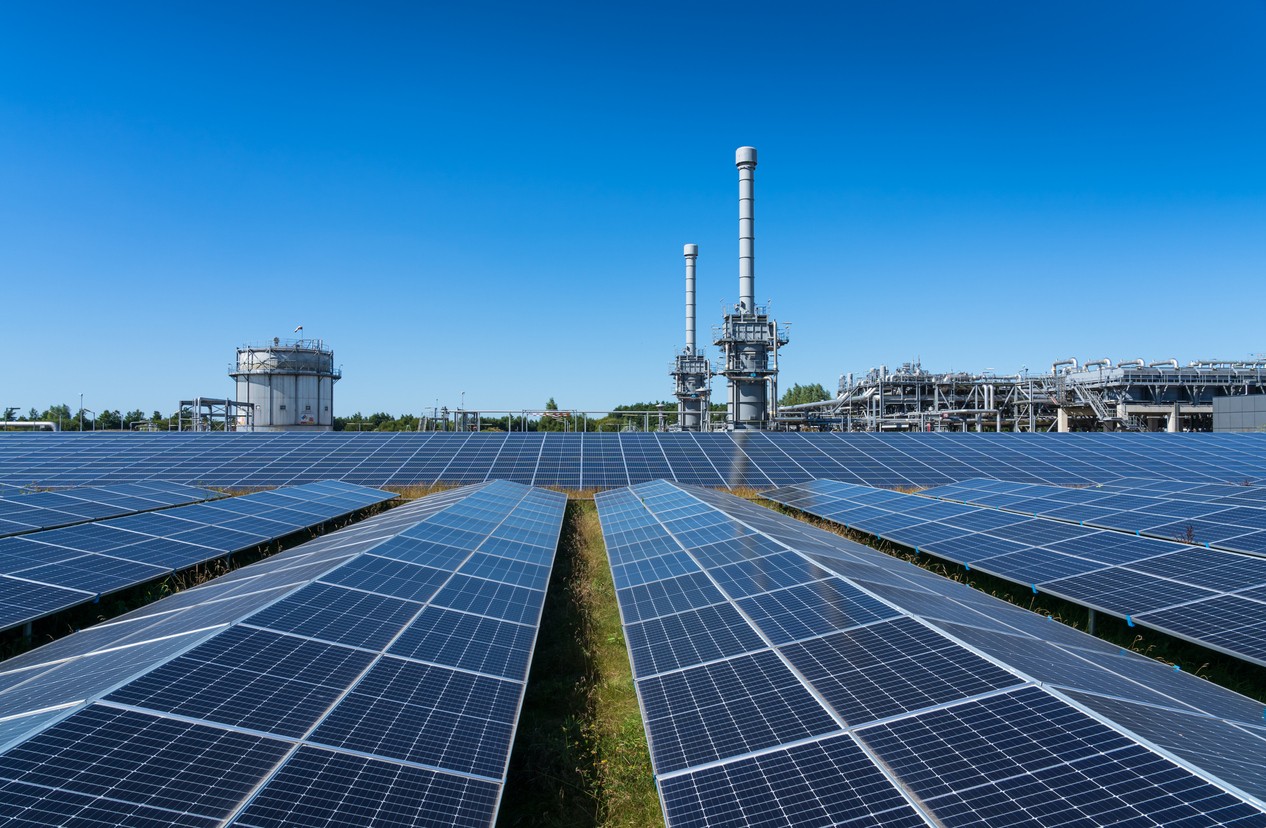The Investment

The U.S. Department of Energy (DOE) has approved a $1.45 billion loan to Hanwha Q Cells, a South Korean solar energy company, to construct a large-scale solar manufacturing facility in Georgia. This investment signifies a significant step forward in the Biden administration’s efforts to bolster domestic clean energy production and create jobs in the process.
This loan is a prime example of the DOE’s commitment to supporting innovative clean energy projects across the country. The funding is being provided through the Loan Programs Office (LPO), which has a long history of supporting projects that contribute to energy security, economic development, and environmental sustainability.
Project Details
The solar plant, located in Cartersville, Georgia, will be one of the largest of its kind in the United States. With a projected capacity of 2.5 gigawatts (GW), the facility will be capable of producing enough solar panels to power approximately 500,000 homes.
The plant is expected to create over 2,000 jobs during construction and approximately 800 permanent jobs once operational. The project will also contribute to the local economy by generating significant tax revenue and supporting local businesses.
The Loan’s Role in US Energy Initiatives
The DOE’s loan to Hanwha Q Cells aligns with the Biden administration’s ambitious clean energy goals, Artikeld in the “Investing in America” agenda. This agenda aims to significantly increase the production and deployment of clean energy technologies, including solar, wind, and battery storage, while also creating millions of good-paying jobs in the process.
The loan to Hanwha Q Cells is a crucial part of this initiative, as it will help to establish a domestic supply chain for solar panels, reducing reliance on foreign imports and creating a more secure and resilient energy system.
Projected Impact
The solar plant’s construction and operation will have a significant impact on the local community and the state of Georgia.
- Job Creation: The project will create thousands of jobs, boosting the local economy and providing opportunities for skilled workers.
- Economic Growth: The plant’s construction and operation will generate significant tax revenue for the state and local governments, contributing to infrastructure development and public services.
- Environmental Sustainability: The solar plant will produce clean energy, reducing greenhouse gas emissions and contributing to a cleaner and healthier environment.
Impact and Future Considerations: Us Government Will Loan 1 45 Billion To Help A South Korean Firm Build A Solar Plant In Georgia

This investment, though significant, is just one piece of a larger puzzle in the global renewable energy transition. Examining its impact requires considering the various stakeholders involved and its potential ramifications for both the US and South Korean economies.
Stakeholder Interests and Potential Impacts, Us government will loan 1 45 billion to help a south korean firm build a solar plant in georgia
This project involves a diverse group of stakeholders with varying interests and potential benefits. Understanding these interests is crucial for assessing the overall impact of the investment.
- The US Government: The US government’s primary interest lies in promoting domestic energy independence and reducing reliance on foreign sources of energy. This investment aligns with the Biden administration’s clean energy goals and supports the development of a domestic solar industry.
- South Korean Firm: The South Korean firm seeks to expand its global footprint in the renewable energy sector and secure access to the growing US solar market. The investment provides a platform for technological advancement and market diversification.
- Georgia: The state of Georgia benefits from job creation, economic development, and the potential for increased tax revenue. The project could also contribute to the state’s renewable energy portfolio and reduce carbon emissions.
- Local Communities: Local communities could experience both positive and negative impacts. Job creation and economic opportunities are potential benefits. However, concerns regarding environmental impacts, land use, and potential displacement of residents need to be addressed.
- Environmental Groups: Environmental groups are likely to focus on the project’s environmental impact, particularly its potential contribution to reducing greenhouse gas emissions and promoting sustainable energy practices.
Long-Term Economic and Environmental Impact
The long-term impact of this investment extends beyond the immediate economic benefits and environmental considerations.
- US Economy: The project could stimulate domestic manufacturing and create jobs in the solar industry, contributing to economic growth. Increased reliance on renewable energy sources could lead to energy cost savings and reduce reliance on fossil fuels.
- South Korean Economy: The investment provides a significant opportunity for South Korean companies to gain a foothold in the US market, fostering economic growth and technological innovation. It could also enhance South Korea’s global competitiveness in the renewable energy sector.
- Global Renewable Energy Landscape: This project contributes to the global shift towards renewable energy sources, promoting sustainable development and mitigating climate change. It also sets a precedent for international collaboration in the clean energy sector, potentially influencing similar investments in other countries.
Benefits and Drawbacks of the Investment
| Short-Term | Long-Term | |
|---|---|---|
| Benefits |
|
|
| Drawbacks |
|
|
Us government will loan 1 45 billion to help a south korean firm build a solar plant in georgia – Yo, so the US government is throwing down 1.45 billion to help a South Korean company build a solar plant in Georgia. Like, that’s a lot of dough, right? It’s enough to buy a whole lotta stuff, maybe even a zero gravity chair and a giant tiger.
Okay, maybe not a tiger, but you can check out this zero gravity chair giant tiger combo online. Anyway, back to the solar plant, I guess it’s good for the environment and all that, but I’m still wondering if they’re gonna use the money to build a giant tiger statue next to the plant.
Yo, so the US government is dropping a hefty 1.45 billion to help a South Korean company build a solar plant in Georgia. That’s a lot of dough, right? Imagine all the cool stuff you could buy with that, like a super comfy patterned accent chair with ottoman for your chill zone.
But hey, at least this investment is helping us move towards a cleaner future, which is pretty lit, right?
